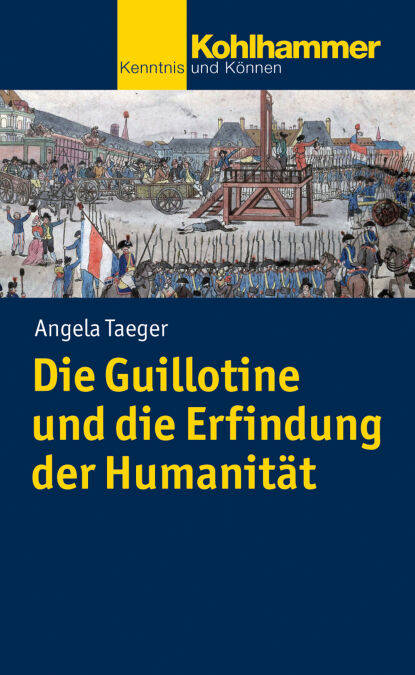
- Afhalen na 1 uur in een winkel met voorraad
- Gratis thuislevering in België vanaf € 30
- Ruim aanbod met 7 miljoen producten
- Afhalen na 1 uur in een winkel met voorraad
- Gratis thuislevering in België vanaf € 30
- Ruim aanbod met 7 miljoen producten
Zoeken
€ 25,99
+ 25 punten
Uitvoering
Omschrijving
In 1791, the decision was taken in France to keep the death penalty in force & but there was a demand for it to be made more humane. From 1792 onwards, the guillotine provided an apparatus that was intended to satisfy this requirement. The guillotine was used for the last time only as late as 1977. What led Joseph-Ignace Guillotin in 1789 to make a name for himself as an expert on the issue of state-ordained humane killing? What was the importance of the guillotine as a prop on the stage of political conflicts and power disputes from 1791 until the abolition of the death penalty in France in 1981? And what role did the public play in the debate over the death penalty and how it was to be carried out? This book provides answers and presents a panorama of the cultural history of the death penalty in France.
Specificaties
Betrokkenen
- Auteur(s):
- Uitgeverij:
Inhoud
- Aantal bladzijden:
- 143
- Taal:
- Duits
Eigenschappen
- Productcode (EAN):
- 9783170292802
- Verschijningsdatum:
- 27/09/2016
- Uitvoering:
- E-book
- Beveiligd met:
- Digital watermarking
- Formaat:
- ePub

Alleen bij Standaard Boekhandel
+ 25 punten op je klantenkaart van Standaard Boekhandel
Beoordelingen
We publiceren alleen reviews die voldoen aan de voorwaarden voor reviews. Bekijk onze voorwaarden voor reviews.








